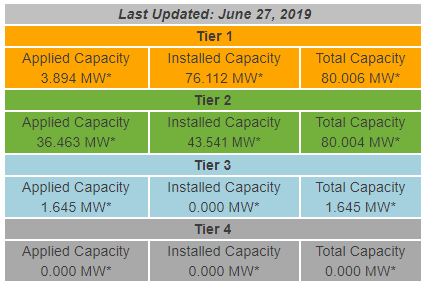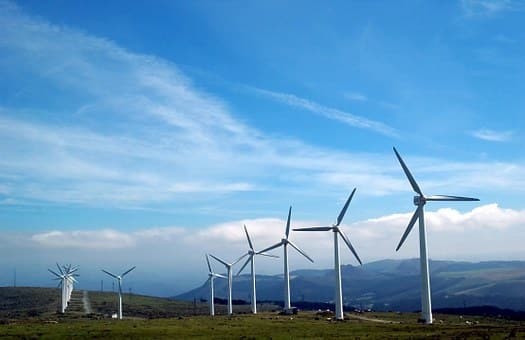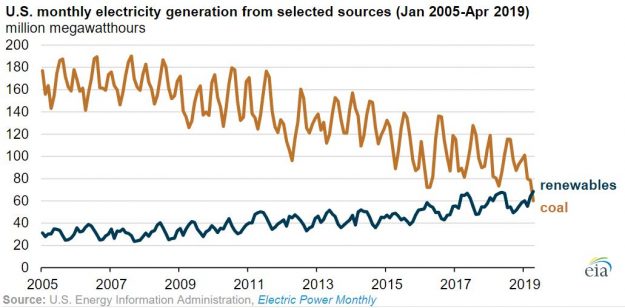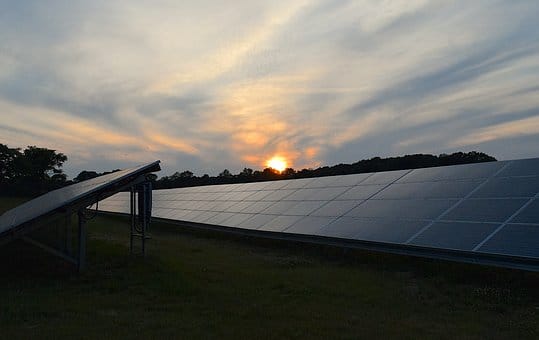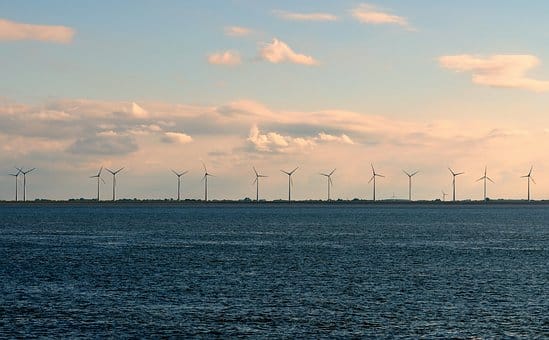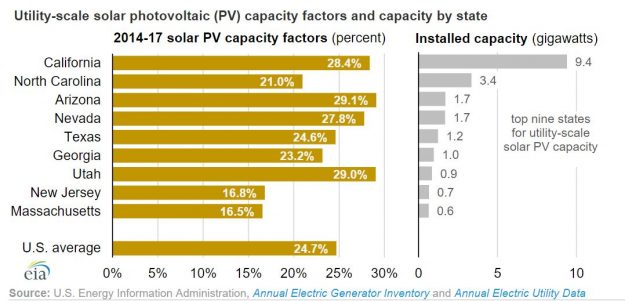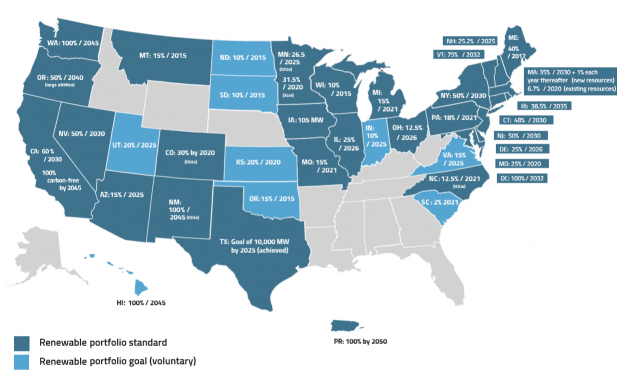Nevada Opens Third 80-Megawatt Tranche of Net Metering Program With Lower Credits
The Nevada Public Utilities Commission announced that net metering credits for grid-exported energy will decrease to 81 percent of the retail electricity rate from 88 percent after customer subscriptions reached the 80-megawatt threshold under the second tier of the program, according to a June 26 press release. New and existing solar capacity on the system…
